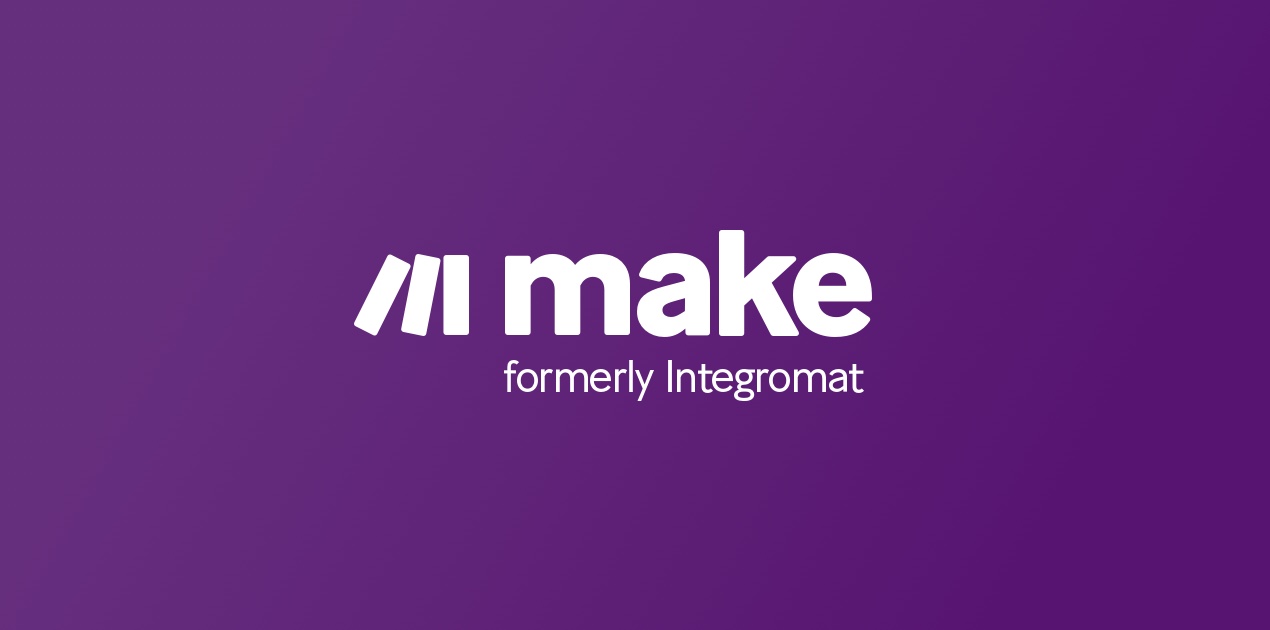Retrieval-Augmented Generation (RAG): Enhancing Language Models with Retrievable Data Sources
Retrieval-Augmented Generation (RAG) is an advanced technique in machine learning that integrates external, retrievable data sources with a large language model (LLM). By converting data such as Q&A pairs into vectors and storing them in a database like Pinecone, RAG is able to retrieve relevant information when queried.
How RAG Works
- RAG uses an embedding model to convert data into vectors
- Vectors are stored in a retrieval database
- When a query is made, RAG finds vectors that closely match the query vector
- The retrieved data is then fed back into the LLM
- The LLM generates an informed response using both the query and retrieved data
Key Advantages of RAG
RAG excels in situations where:
- Up-to-date or domain-specific information is required
- Specialized use cases like the GP Tuesday Meetup
Note: The GP Tuesday Meetup is an example of a specialized use case where frequent updates in the form of question and answer pairs about AI and related topics are converted into vectors. During a session, if a user misses a meetup and requests a recap, the RAG system retrieves the most relevant content to provide a summary.
Applications of RAG
RAG serves multiple purposes beyond information retrieval:
- Content Generation: RAG can learn from high-performing posts in vectors and aid in generating content
- Personalized Communications: RAG can assist in drafting personalized communications like emails or messages based on past interactions stored as vectors
These applications highlight the flexibility and potential of RAG in both personal and professional contexts.
Thank you!

